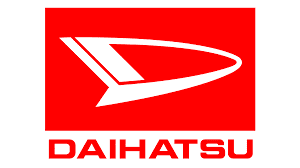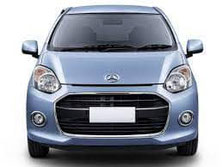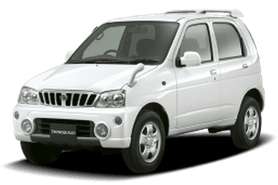DAIHATSU Car PDF Manuals
Daihatsu Cars History
There're 7 DAIHATSU car owner's & service manuals PDF, electric wiring diagrams, error codes DTC.
Daihatsu is a subsidiary of Toyota Motor Corporation (since August 2016), previously a car manufacturer controlled by it.
It was formed in 1951 as a result of the reorganization of Hatsudoki Seizo Co. from Osaka, which specialized in industrial engines.
Daihatsu's early products were three-wheeled trucks, in the 60s. they were joined by four-wheeled cars.
Daihatsu has been working closely with Toyota since 1967.
Daihatsu enters into a life-changing partnership with Toyota Motor Co.
After gaining a controlling stake, Toyota turned Daihatsu into a manufacturer of small cars and light commercial vehicles like the Daihatsu Midget.
In order to save money, the recently launched racing program had to be curtailed, despite the fact that in 1967 the Daihatsu P-5 central engine prototype with a 1. 3-liter engine producing 140 hp. won his class at the Japanese Grand Prix.
For the local market, a Daihatsu Fellow rear-wheel drive kei car was developed, equipped with a 2-cylinder engine with a volume of 356 cm3 and a power of 23 hp, exempt from taxes.
In 1968, in response to the Honda N360, a “charged” version of the Fellow SS appeared with two carburetors, with a power of 32 hp.
For the past 30 years, the brand has been producing mainly compact models that are in demand in Japan as urban “kei cars” and in developing countries as budget minicars.
Once Daihatsu was sold in the US and Europe, but now the main target markets are Indonesia, Malaysia and Venezuela, where the company has its own factories.
In 2013, Daihatsu leaves the markets of Europe and New Zealand, and in 2015 it closes its representative office in South Africa.
Thus, the company finally establishes itself as a manufacturer of compact cars for Japan and developing countries.
Daihatsu's advertising slogan is "We make it compact".



